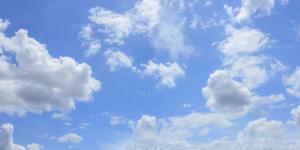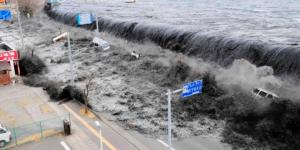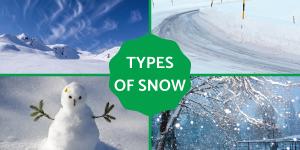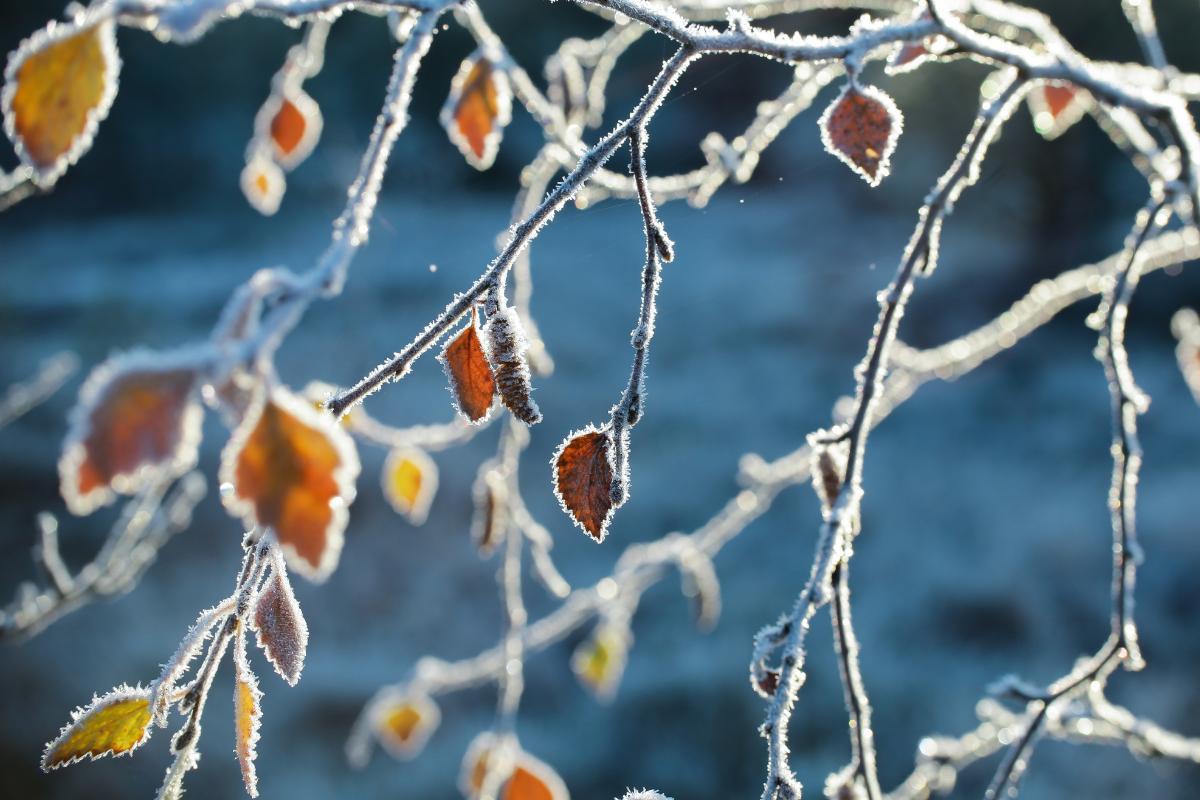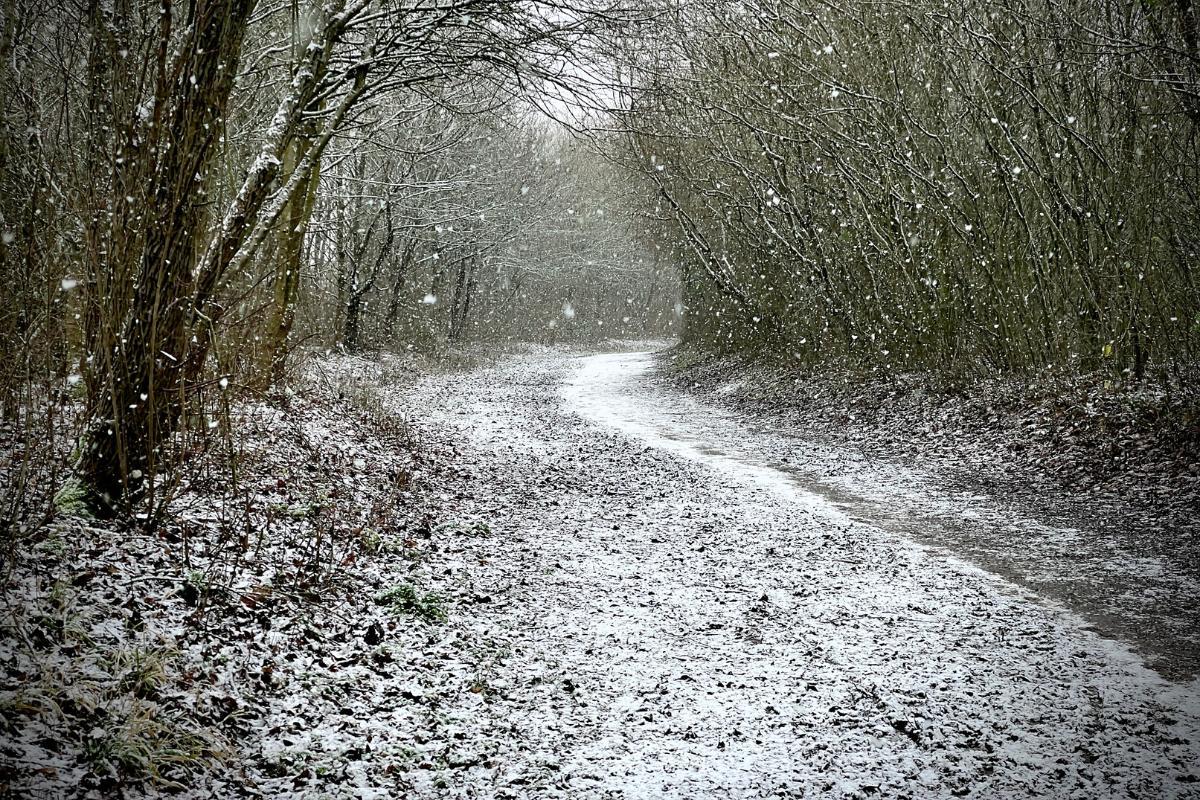What Are Snow Pellets and How Are They Formed?


Also known as graupel, snow pellets are a variation of snow where water droplets attach to snowflakes or ice crystals. Snow itself is a type of precipitation where frozen ice crystals in the atmosphere fall to the ground. Snowflakes have various shapes and can connect with multiple flakes at a time. When they become snow pellets, they are fluffy thanks to the accumulate of supercooled water droplets. These differences in structure, formation and appearance between snowflakes and snow pellets contribute to the diversity of meteorological phenomena that we witness during the cold seasons. They provide the winter environment with varying textures and landscapes.
We learn more about graupel with thedailyECO by asking what are snow pellets and how are they formed?
What are snow pellets?
The meteorological term graupel is also known as snow pellets, hominy snow or soft hail. These are ice particles that clump together with supercooled water droplets to from fluffy pellets larger than snowflakes. The addition of the water droplets to the ice crystals of the snowflake makes them increase in size and change texture. They resemble small white balls which is why they are known as snow pellets.
Snowflakes have a complex and branched structure due to the ice crystal formation. Snow pellets are simpler in terms of structure. The frozen water droplets do not have the same intricate structure of snowflakes and are denser due to the accumulation. The characteristic appearance of graupel gives them a peculiar texture, similar to that of small cotton balls that accumulate on the ground or on other surfaces during precipitation.
The appearance of snow pellets is associated with specific atmospheric conditions, such as temperatures and humidity levels conducive to the formation of ice in clouds. Although not as common as snowflakes, snow pellets are a fascinating manifestation of the diversity of forms that ice crystals can take in the atmosphere.
When falling from the sky, these tiny pellets contribute to the creation of a characteristic winter landscape, gently covering the ground and surfaces with a compact layer of ice. Despite their size, snow pellets can have a significant visual impact on the terrain.

How snow pellets are formed
Now we know what graupel is, we can take a closer look at the formation of snow pellets:
- Although the exact process can vary, it generally begins with the presence of supercooled water droplets in the atmosphere. These droplets remain in a liquid state despite being at subzero temperatures. This is due to the lack of nucleation particles which are necessary to initiate the freezing process.
- When these droplets come into contact with dust particles or small ice crystals, nucleation occurs. This means that the droplets begin to freeze around these particles. When supercooled water droplets freeze onto surfaces, the process is known as riming. Snow pellets are essentially rimed snowflakes or other types of rimed ice crystals.
- As they freeze, the ice crystals clump together and fuse to form larger granules. This is a process known as accretion. The specific shape and structure of snow pellets will depend on factors such as cloud temperature and humidity.
It is important to note that snow pellets are different from snowflakes. The latter are usually formed by more complex branching processes and develop under different atmospheric conditions. Graupel are simpler in their structure, giving rise to small balls or conglomerates of ice that fall gently from the cloud to the earth's surface.
Learn more about how freezing temperatures affect ecosystems with our article on what is a glacial moraine?
Differences between snow and snow pellets
The differences between snow and snow pellets lie mainly in their structure, formation and appearance.
- Snowflakes make up snow in its most recognizable form. They usually have more complex branching and geometric structures. They form through the crystallization of water in the atmosphere, with water molecules binding together and organizing in specific patterns as they fall toward Earth. In contrast, snow pellets have a simpler, fluffier structure. They form when tiny droplets of supercooled water in a cloud freeze around existing dust particles or ice crystals. This process results in less intricate ice accumulation.
- Snowflakes can vary in size and shape, from classic hexagonal patterns to more complex branching structures. However, snow pellets are tend to be spherical or irregular in shape. This is because of the accretion of water droplets on top of the snowflake structure. They are often grouped together to form small balls, giving them a distinctive appearance.
- Snowflakes form under specific conditions of temperature and humidity that favor the crystallization of water in the atmosphere. On the other hand, graupel require different atmospheric conditions where small droplets of supercooled water can freeze around nucleating particles to form the pellets.
- Finally, snowflakes cover the surface with a soft white layer, forming blankets of snow that can be compact or loose depending on the quantity and type of flakes. In contrast, snow pellets often give the ground an appearance that is fluffier and lighter, creating a texture similar to small cotton balls.
It is important to point out that snow pellets are not the same as hail, despite sometimes being referred to as fluffy hail. This is because hail is built up of solid layers of ice which compact to form the hard precipitate which occurs as hail. Graupel is much more delicate and is relative soft and fluffy.
Learn more about variations of frozen precipitation with our article on the different types of snow.

Does graupel cause damage?
Even in areas accustomed to snow, the sudden arrival of snow pellets can have a serious impact on infrastructure and public services. It can cause human activity to come to a standstill. Transportation via air, sea and land can be seriously affected. Communities residing in snow-prone regions have devised various means of adapting to the snow. For transportation, this includes skis, snowshoes, horse-drawn sleighs, dog sleds and snowmobiles.
In addition to transportation disruptions, basic services such as electricity, telephone lines and gas supplies may also suffer failures. It should be noted that even solar photovoltaic systems (solar panels) can experience a slight decrease in performance due to snowfall.
In regions that are not used to heavy snowfall of snow pellets, the consequences can be even more damaging. This is because they lack the necessary contingency plans to deal with even a small amount of snow.
To facilitate safer and more convenient travel, as well as to mitigate the lasting effects of significant snowfall, accumulated snow is removed as quickly as possible. This task involves the use of snow shovels and snowplows, often accompanied by the application of salt or other chloride-based substances that lower the melting point of snow.
In certain regions, such as Yamagata Prefecture in Japan, where heavy snowfalls are common, people collect and store snow in insulated ice houses. This practice allows the use of snow for cooling and air conditioning purposes during the summer months, significantly reducing reliance on conventional cooling methods and minimizing electricity consumption.
Learn more about one particular type of snow accumulation and its potentially disastrous effects with our article on types of avalanches and how they are formed.
If you want to read similar articles to What Are Snow Pellets and How Are They Formed?, we recommend you visit our Meteorological phenomena category.

